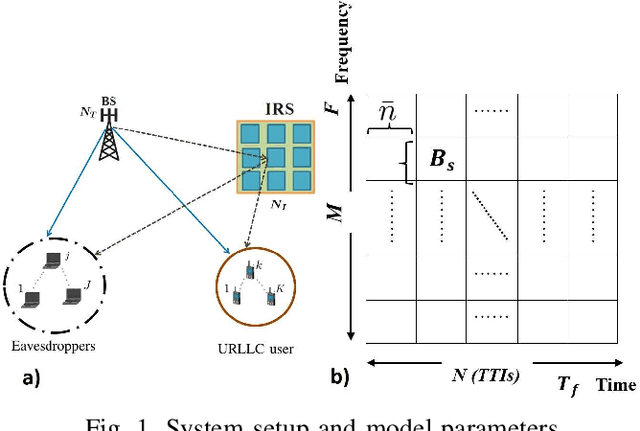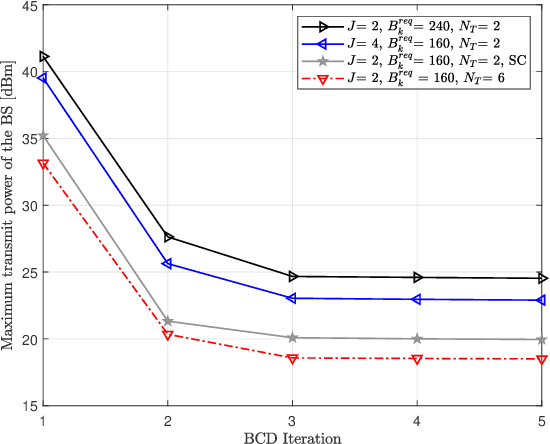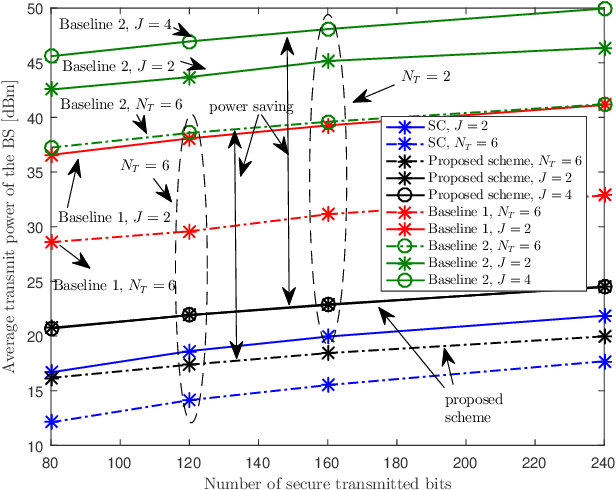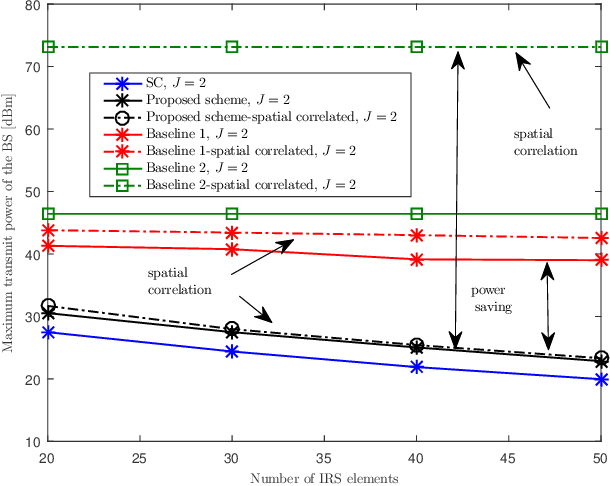Shahrokh Farahmand
Energy Efficient Task Offloading in UAV-Enabled MEC Using a Fully Decentralized Deep Reinforcement Learning Approach
Aug 09, 2025Abstract:Unmanned aerial vehicles (UAVs) have been recently utilized in multi-access edge computing (MEC) as edge servers. It is desirable to design UAVs' trajectories and user to UAV assignments to ensure satisfactory service to the users and energy efficient operation simultaneously. The posed optimization problem is challenging to solve because: (i) The formulated problem is non-convex, (ii) Due to the mobility of ground users, their future positions and channel gains are not known in advance, (iii) Local UAVs' observations should be communicated to a central entity that solves the optimization problem. The (semi-) centralized processing leads to communication overhead, communication/processing bottlenecks, lack of flexibility and scalability, and loss of robustness to system failures. To simultaneously address all these limitations, we advocate a fully decentralized setup with no centralized entity. Each UAV obtains its local observation and then communicates with its immediate neighbors only. After sharing information with neighbors, each UAV determines its next position via a locally run deep reinforcement learning (DRL) algorithm. None of the UAVs need to know the global communication graph. Two main components of our proposed solution are (i) Graph attention layers (GAT), and (ii) Experience and parameter sharing proximal policy optimization (EPS-PPO). Our proposed approach eliminates all the limitations of semi-centralized MADRL methods such as MAPPO and MA deep deterministic policy gradient (MADDPG), while guaranteeing a better performance than independent local DRLs such as in IPPO. Numerical results reveal notable performance gains in several different criteria compared to the existing MADDPG algorithm, demonstrating the potential for offering a better performance, while utilizing local communications only.
Resource Allocation for IRS-Enabled Secure Multiuser Multi-Carrier Downlink URLLC Systems
Nov 27, 2021



Abstract:Secure ultra-reliable low-latency communication (URLLC) has been recently investigated with the fundamental limits of finite block length (FBL) regime in mind. Analysis has revealed that when eavesdroppers outnumber BS antennas or enjoy a more favorable channel condition compared to the legitimate users, base station (BS) transmit power should increase exorbitantly to meet quality of service (QoS) constraints. Channel-induced impairments such as shadowing and/or blockage pose a similar challenge. These practical considerations can drastically limit secure URLLC performance in FBL regime. Deployment of an intelligent reflecting surface (IRS) can endow such systems with much-needed resiliency and robustness to satisfy stringent latency, availability, and reliability requirements. We address this problem and propose a joint design of IRS platform and secure URLLC network. We minimize the total BS transmit power by simultaneously designing the beamformers and artificial noise at the BS and phase-shifts at the IRS, while guaranteeing the required number of securely transmitted bits with the desired packet error probability, information leakage, and maximum affordable delay. The proposed optimization problem is non-convex and we apply block coordinate descent and successive convex approximation to iteratively solve a series of convex sub-problems instead. The proposed algorithm converges to a sub-optimal solution in a few iterations and attains substantial power saving and robustness compared to baseline schemes.
 Add to Chrome
Add to Chrome Add to Firefox
Add to Firefox Add to Edge
Add to Edge